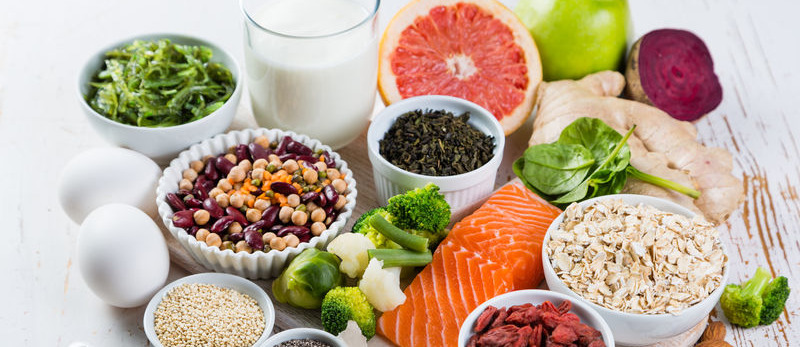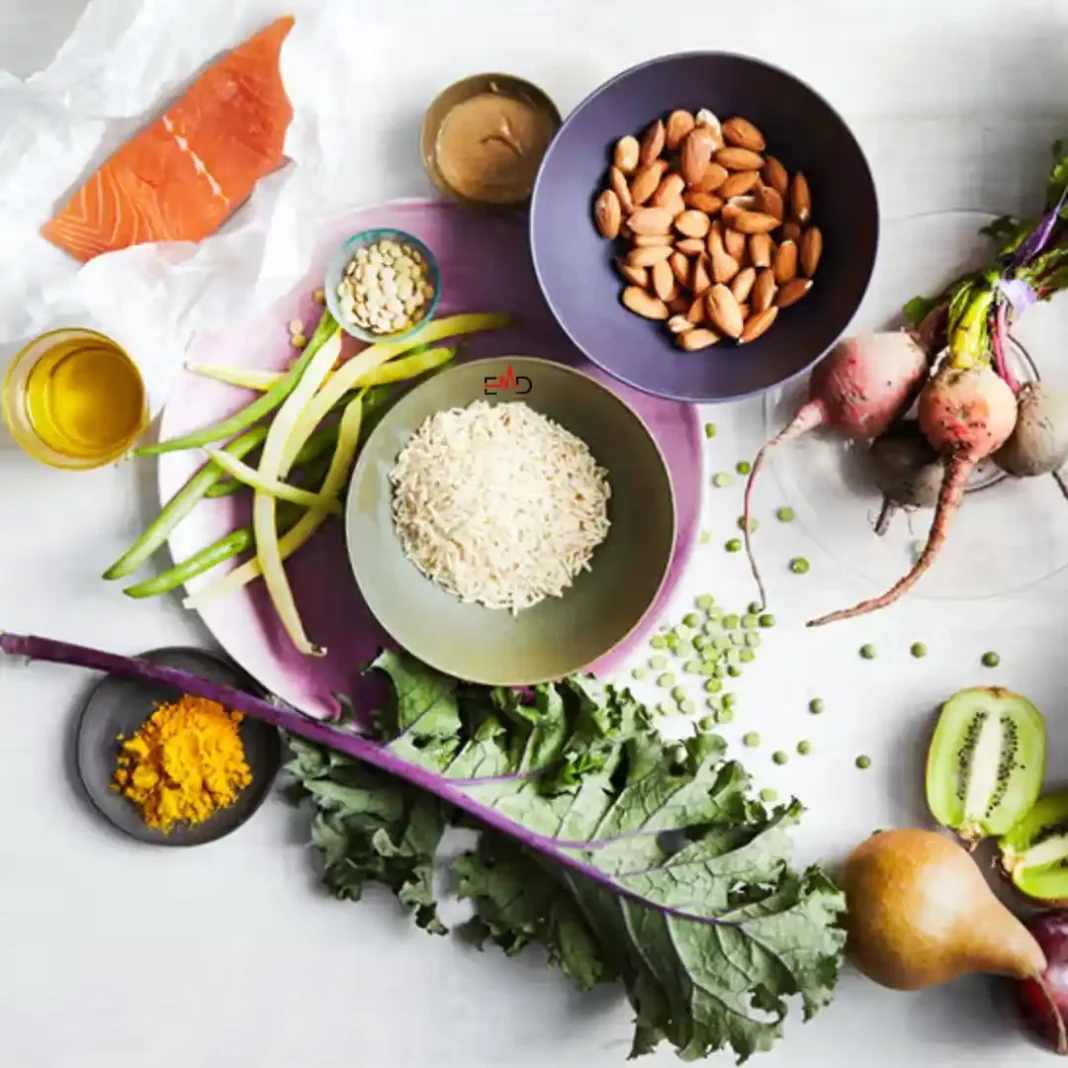Exercise Daily – When it comes to living a healthy life, there’s no one-size-fits-all approach. However, creating a diet plan that promotes healthy eating, balances your food groups, and helps maintain a healthy weight is essential for long-term well-being. Whether you’re looking to lose weight, boost your energy, or simply maintain a balanced diet, this guide will help you through the diet, portion sizes, and other essential aspects of healthy eating that you can stick to every day.
Why is Healthy Eating Crucial for Your Lifestyle?
Healthy eating is the foundation of a well-rounded lifestyle. It goes beyond just the food we consume; it influences everything from our physical activity to our overall mood. A good eating plan can boost energy levels, reduce the risk of heart disease, enhance brain function, and help maintain a healthy weight. But more importantly, healthy eating ensures that you’re fueling your body with the nutrients it needs for growth, repair, and maintenance.
What Does Healthy Eating Look Like?
Healthy eating isn’t about restriction, it’s about balance. A healthy meal consists of various food groups, ensuring your body receives the minerals, vitamins, and nutrients it needs to function at its best. This includes whole grains, vegetables and fruits, lean proteins, low-fat dairy, and healthy oils.

Creating a Balanced Meal Plan for a Healthy Lifestyle
A balanced diet plays a crucial role in sustaining a healthy weight and preventing chronic conditions. The goal is to create meals that include a variety of food groups while managing portion sizes and ensuring you’re consuming enough nutrients to support your body’s functions.
Key Components of a Balanced Diet
-
Fruits and Vegetables
Aim to fill half your plate with a variety of fruits and vegetables. These are high in vitamins, minerals, and fiber, and low in calories. Eating a variety of vegetables and fruit ensures that you’re getting a wide range of nutrients. -
Whole Grains
Choose whole grains like brown rice, whole-wheat bread, and oats. They’re rich in fiber, which aids digestion and helps you feel full for longer periods, reducing the temptation to snack. -
Lean Proteins
Incorporate healthy protein sources such as poultry, fish, legumes, and low-fat dairy. These foods are rich in the nutrients your body needs without adding excess fat and cholesterol. -
Healthy Fats
Opt for healthy oils like olive oil and avocados instead of butter or margarine. These healthy fats support heart health and provide essential fatty acids. -
Dairy
Choose low-fat or fat-free dairy products such as milk, yogurt, and cheese. These provide calcium and vitamin D, which are crucial for bone health. -
Portion Sizes and Calorie Control
Controlling your portion sizes and monitoring your calorie intake ensures that you’re eating the right amount of food to maintain a healthy weight. Overeating, even healthy foods, can lead to weight gain.
Meal Planning for a Healthy Diet
When planning meals, it’s important to take into account the calories your body needs, as well as the balance between the different food groups. A meal plan that includes a variety of nutrient-rich foods is essential for sustaining your energy levels and ensuring overall health.
Breakfast Ideas
Start your day with a balanced meal that combines protein, fiber, and healthy fats. For example, oatmeal made with whole oats, topped with berries, and a dollop of low-fat yogurt.
Lunch Ideas
A healthy lunch could consist of a grilled chicken salad with lots of leafy greens, avocado, and a light vinaigrette dressing. Add some whole-grain crackers for a dose of fiber.
Dinner Ideas
For dinner, go for a lean protein like grilled salmon paired with steamed vegetables and a serving of brown rice.

Healthy Weight and Exercise: How They Go Hand in Hand
Maintaining a healthy weight involves a combination of healthy eating and regular physical activity. Exercise not only burns calories but also boosts your metabolism, making it easier for you to stick to your eating plan.
Physical Activity and Nutrient Requirements
Engaging in regular physical activity increases your nutrient requirements. If you’re exercising more, you’ll need to consume more calories to support your energy levels. A balanced diet will ensure that you’re getting the right kind of calories, rich in nutrients, to fuel your workouts and recovery.
The Role of a Dietitian in Achieving Your Goals
A dietitian can play a significant role in guiding you towards the right eating plan that suits your lifestyle, preferences, and health conditions. Whether you’re trying to lose weight, manage cholesterol, or simply eat a healthy meal, a registered dietitian can tailor a plan for you.
Consulting a Dietitian for Tailored Advice
If you have any specific health conditions, like diabetes or heart disease, it’s a good idea to consult a dietitian to ensure that your diet supports your health. They can help you plan meals that cater to your unique needs, taking into consideration your preferences and goals.
Healthy Eating Habits to Adopt Today
To make healthy eating a long-term habit, it’s essential to adopt some practical strategies. The diet encourages the following healthy habits to ensure success:
-
Eat Regular Meals
Skipping meals can lead to overeating later. Stick to a regular eating schedule and aim for three balanced meals per day. -
Snack Smart
Opt for healthy snacks like fruits, nuts, or low-fat yogurt instead of highly processed snacks. -
Drink Plenty of Water
Staying hydrated is essential for overall health. Drink at least 8 glasses of water a day to keep your body functioning at its best. -
Avoid Sugary Drinks
Sugary drinks are a major contributor to unnecessary calorie consumption. Opt for water, herbal teas, or unsweetened beverages. -
Mind Your Portions
Practice portion control by using smaller plates, paying attention to hunger cues, and avoiding overeating.

Final Thoughts: Your Healthy Lifestyle Journey
Eating a healthy diet is more than just a meal plan, it’s about creating sustainable habits that will carry you through your life. The Diet offers a fantastic framework for achieving a balanced diet while focusing on healthy eating that supports long-term health goals. By adopting healthy habits, staying active, and choosing nutrient-rich foods, you can build a healthy lifestyle that you can stick to for years to come.
FAQs – Best Diet Plan for Healthy Lifestyle You Can Stick To
Q: What foods should I avoid to maintain a healthy lifestyle?
A: Avoid foods high in sugars, saturated fats, and processed grains. These can contribute to weight gain, heart disease, and other health conditions.
Q: How can I make the Diet work for me?
A: Start by focusing on portion control, eating a variety of nutrient-rich foods, and incorporating regular physical activity into your routine. Consult a dietitian for personalized advice.
Q: Can I still enjoy my favorite foods while following a balanced diet?
A: Yes! A balanced diet isn’t about restriction; it’s about moderation. You can enjoy your favorite foods occasionally while focusing on overall balance.
Q: How many calories should I eat daily for a healthy diet?
A: Calorie needs vary based on factors like age, gender, and activity level. For general guidelines, a woman typically needs 1,800-2,400 calories per day, while men need 2,200-3,000 calories.
Q: What are the best sources of protein for a healthy meal plan?
A: Some great sources of protein include lean meats, poultry, fish, tofu, legumes, and low-fat dairy products.




